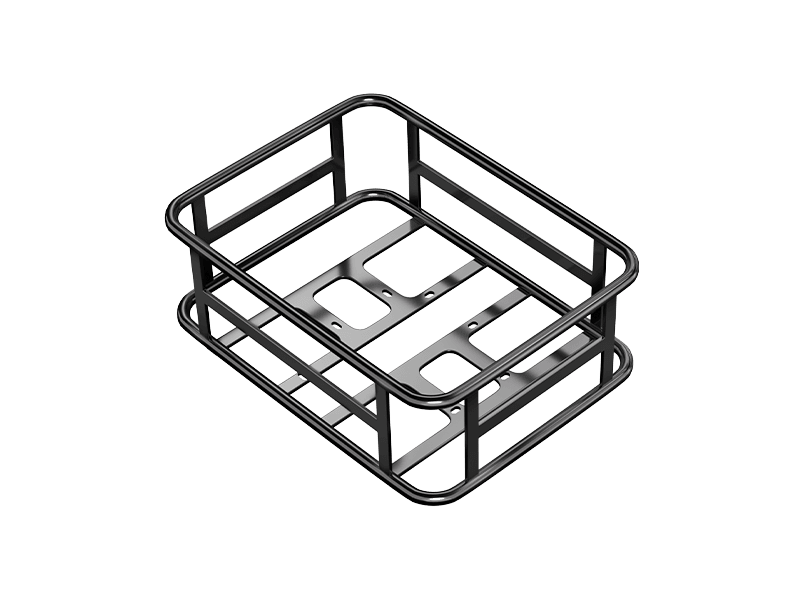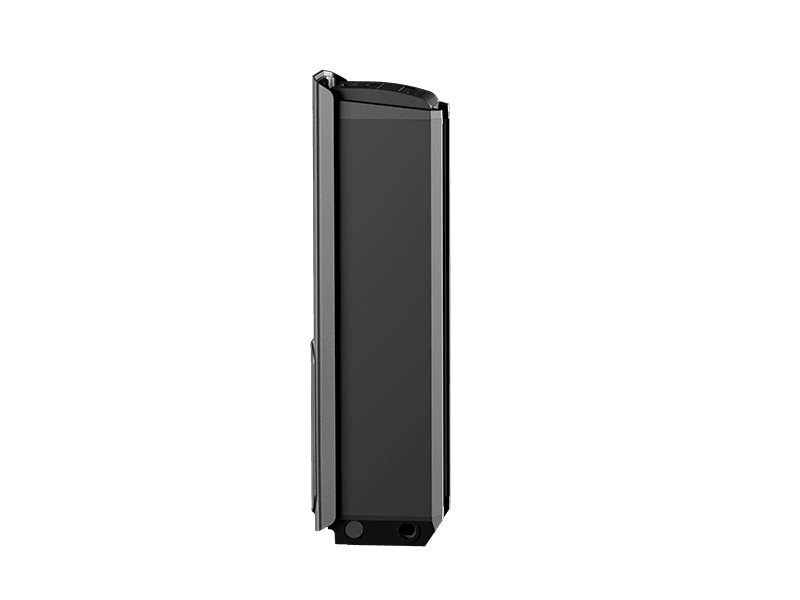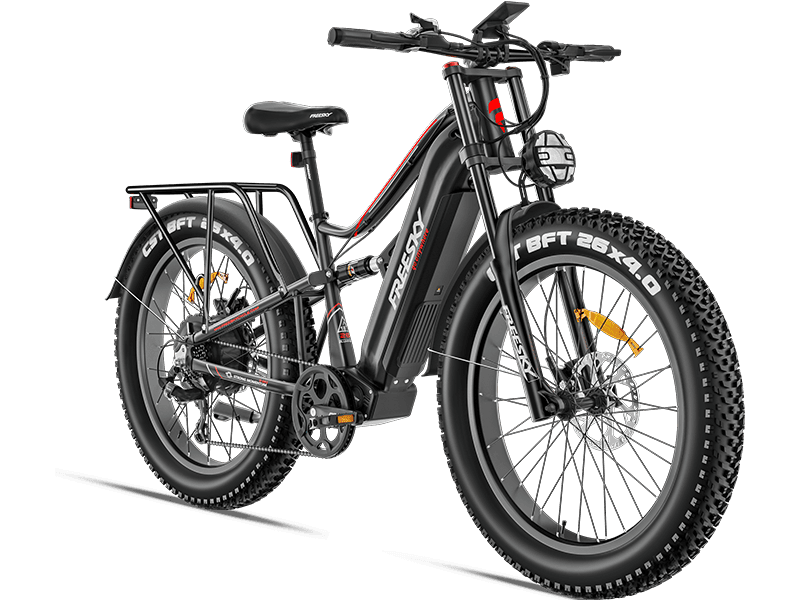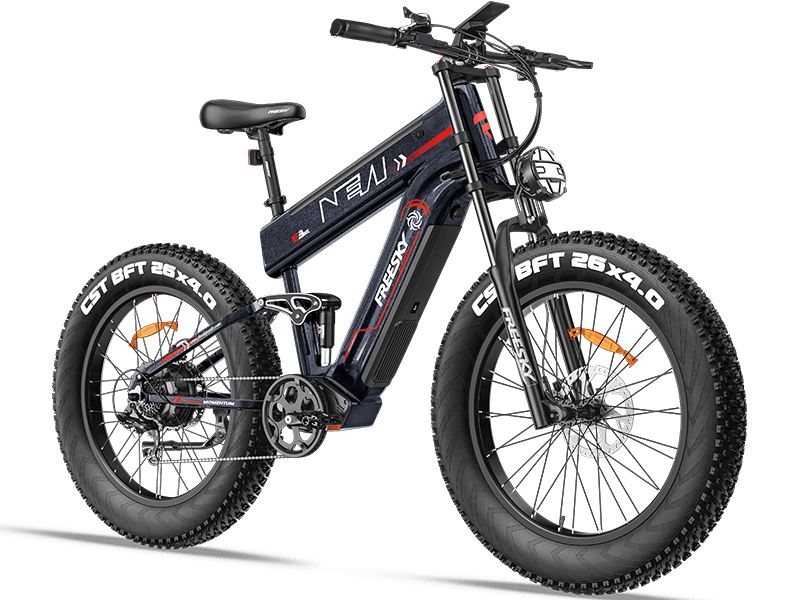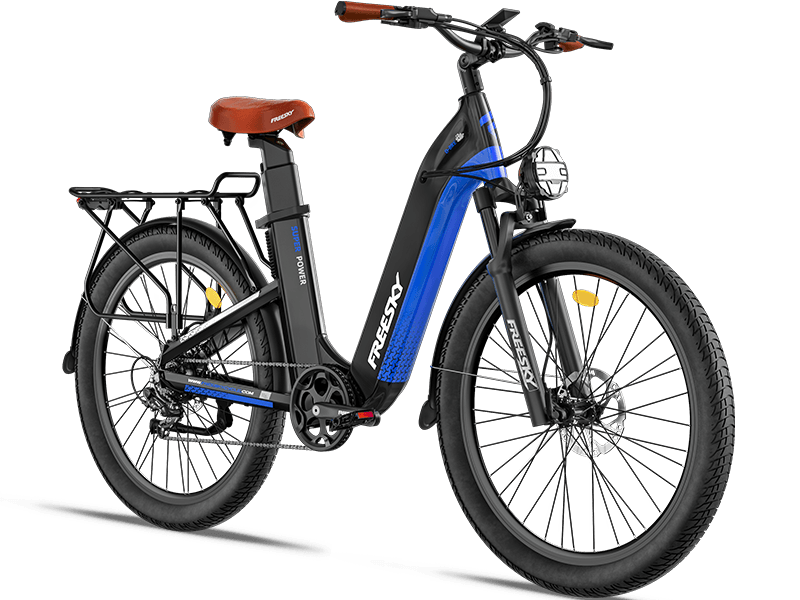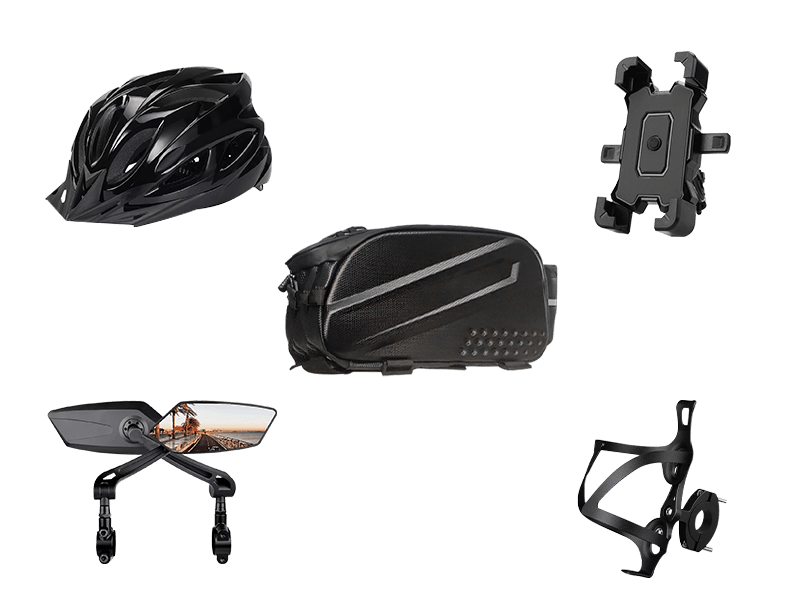The Truth About Ebike Motor Longevity: What Every Rider Needs to Know
APR 01, 2025
When investing in an electric bike, one of the most common questions that come up is: How long will the motor last? Like any machine, the lifespan of an ebike motor depends on several factors, including usage, maintenance, and the type of motor you choose. Whether you own a dual motor ebike for off-road adventures or a simple commuter ebike, understanding motor longevity is key to keeping your ride smooth for years.
Factors That Affect Ebike Motor Lifespan
-
Motor Type The type of motor you choose plays a big role in its longevity. Hub motors, which are built into the wheels, are common due to their simplicity and lower maintenance needs. Mid-drive motors are more complex but offer better performance for off-road conditions and steeper climbs. A dual motor ebike with two hub motors provides extra power but may also experience more wear over time due to the increased load on both motors.
-
Maintenance Practices Proper ebike hub motor maintenance is crucial in prolonging the motor's life. Regularly cleaning the motor, ensuring that cables are in good condition, and avoiding exposure to extreme weather conditions all contribute to a longer-lasting motor. Specifically, checking for issues like ebike motor cable replacement when cables show signs of wear can prevent larger, costlier problems down the line.
-
Riding Conditions The terrain and conditions you ride in also impact motor longevity. If you frequently ride uphill or carry heavy loads, your motor works harder, which can lead to wear over time. Additionally, if you notice ebike motor noise under load, this could be an indicator of strain or a need for motor servicing. It’s best to address these noises early on to avoid long-term damage.
-
Frequency of Use Just like any machine, more frequent use means more wear and tear. If you’re an avid rider, your ebike motor will need more attention. You’ll likely have to replace parts, like the ebike motor cable, more frequently than a casual rider.
How Long Do Ebike Motors Typically Last?
On average, ebike motors can last between 3,000 and 10,000 miles (5,000 to 16,000 kilometers) or more. High-quality motors, when properly maintained, can even surpass these numbers. For example, with regular ebike hub motor maintenance, a well-maintained motor on a dual motor ebike could easily last 10 years or more.
Common Signs Your Ebike Motor Needs Attention
- Noise under load: If you hear grinding or clicking sounds while the motor is working hard, it’s time for a check-up. Ebike motor noise under load is often the first sign of trouble.
- Loss of power: If your motor isn’t delivering the same level of power it used to, there might be issues with the motor components or wiring.
- Overheating: Frequent overheating can shorten your motor’s lifespan significantly. Make sure the motor is not pushing beyond its limits.
Proactive Tips for Motor Longevity
- Regular Maintenance: Stick to a consistent maintenance schedule. Make sure to clean and lubricate your motor if recommended by the manufacturer.
- Cable Replacement: Don’t overlook the ebike motor cable. Regularly inspect cables for wear and replace them as needed to keep the motor running efficiently.
- Avoid Overloading: Be mindful of the load you place on the motor, especially for dual motor ebikes. This means avoiding carrying unnecessary weight or using your ebike in ways that push the motor to its limit unnecessarily.
Conclusion
While no motor will last forever, you can extend its life significantly with proper care and attention. Whether you own a single motor or a dual motor ebike, being proactive with maintenance, especially ebike hub motor maintenance and ebike motor cable replacement, will keep your ride in peak condition for years. Listen to your bike—if you hear ebike motor noise under load, don’t ignore it. Addressing issues early on will save you money and keep your motor running smoothly for the long haul.



